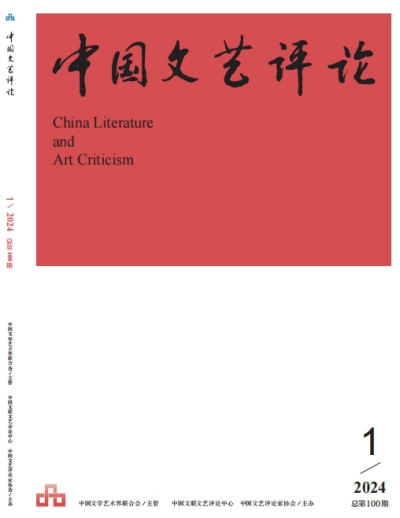
Special Topics • Xi Jinping Thought on Culture and the Mission of Literature and Art in the New Era
■ Learning and Implementing Xi Jinping Thought on Culture to Promote the High-Quality Development of the Work of the Literary and Cultural Union (PP. 4–15)Li Yi
■ The Theoretical Roots of the Construction of Discourse System of Chinese Literary and Art Criticism(PP. 16–25)Li Mingquan
Abstract: Xi Jinping Thought on Culture is a scientific guide and action guideline for building a discourse system of literary and art criticism with Chinese characteristics. In this article, six aspects are dealt with, namely, theoretical vision, modern civilization, traditional culture, aesthetic spirit, people’s standpoint, and professional criticism. The article also associates with the intrinsic need for the high-quality development of literature and art criticism in the new era, and calls for study of a series of important expositions and instructions of General Secretary Xi Jinping on the work of literature and art, and puts forward the ideological foundations, historical responsibilities, framework characteristics, aesthetic connotations, humanistic subject, and ontological values for the construction of a discourse system of Chinese literature and art criticism, so as to build a discourse system with Chinese characteristics. It is proposed that the ideological foundation, historical responsibility, framework qualities, aesthetic connotation, human being and ontological value of Chinese literature and art criticism should be put forward, so as to give full play to the value-guidance, spirit-leadership and aesthetic-enlightenment roles of literature and art criticism in the process of constructing the modern civilization of the Chinese nation and to highlight the aesthetic impetus of literature and art criticism in enhancing the soft power of national culture.
Keywords: Xi Jinping Thought on Culture, new literature and art criticism, discourse system, Chinese aesthetics, cultural mission
■ The Penetrability of Chinese Traditional Literature and Art Thought(PP. 26–31)Wang Tingxin
Abstract: Culture is the driving force that supports the forward march of civilization and the continuity of Chinese civilization relies on the continuous practice and creation of Chinese culture, providing sustained internal support. The cultivation of "harmony" in Chinese traditional literature and art thought is adapted to the overall pursuit of "harmony" in Chinese traditional culture. The birth, evolution and development of Chinese traditional literature and art thought has its own internal cultural mechanism. This mechanism is embodied in the advance to the ideal of "harmony", and in different times, it is manifested in the dialectical discussion with the core of expessing "Zhi"and "Dao" expressed. In modern times, this discussion is accompanied by the dispute between ancient and modern, China and the West. In the new era, the idea of "uphold fundamental principles and break new ground ", which breaks through this debate, embodies the cultural subjectivity of contemporary Chinese people in thinking about literature and art, and also endows Chinese traditional literature and art thoughts with strong vitality and penetrability.
Keywords:Chinese civilization, Continuity, the thought of traditional Chinese literature and art, penetrability
■ Deeply Understanding and Grasping the "Greatness" in the View of the Great Era (PP. 32–38)Gao Changwu
Abstract: Deeply understanding and grasping the "greatness" in the view of the great era is an inevitable requirement for the new-age literary and art workers to take Xi Jinping Thought on Culture as their guide, establish the great era view, and consciously push forward their work and take up their mission under the vision of the great era view. The "greatness" of the great era view, from the dimension of time lies mainly in the thinking of thousands of years, cutting through the past, present and future, connecting yesterday, today and tomorrow; from the dimension of space lies mainly in having a panoramic vision of ten thousand miles, basing oneself on China, looking out to the world, and having a broad mind towards the whole world; from the dimension of the main body of history lies mainly in the cultural individuals, adhering to the status of the people as the main position, and adhering to the people-centered approach; from the dimension of world affairs lies mainly in the promotion of the Dao through literature, observing the essence through the phenomenon and the laws through concrete means. These four dimensions interpret the "greatness" of the great era view in terms of the length of time, the breadth of space, the multitude of subjects, and the depth of investigation, and also put forward clear requirements for doing a good job in the work of literature and art in the new era.
Keywords:Xi Jinping Thought on Culture, great era view, literary and art work in the new era, "two overall situations", people-centeredness
■ The Expression of Excellent Traditional Chinese Culture for the Era (PP. 39–44)Jing Xiaoyong
Abstract:Excellent traditional Chinese culture has a great value of the era. On the one hand, it continuously provides abundant nutrients for the prosperity of literature and art and the development of the nation, and on the other hand, it has constructed a unique cultural subjectivity. The contemporary expression of excellent traditional Chinese culture is an inevitable result and inherent requirement of Chinese pathto modernization. To achieve this goal, it is necessary to not only grasp the direction, stick to the position, adhere to the people-centered creative orientation, and promote the creative transformation and innovative development of excellent traditional Chinese culture, but also strive to tell Chinese stories with literature and art, and to promote excellent traditional Chinese culture to present a new atmosphere and new outlook.
Keywords:Xi Jinping Thought on Culture, excellent traditional Chinese culture, contemporary expression, Chinese pathto modernization
Theoretical Explorations
■ The Dilemma of Linguistic Centrism in Western Literary Theory and the historical mission of the Rise of Chinese Literary Theory (PP. 45–62)Sun Shaozhen
Abstract: Various Western postmodern literary theories, which began in the 1980s and 1990s, have made epoch-making achievements in politics and ideology by comprehensively reflecting on and criticizing, and even subverting, the orthodox concepts of rationality with anti-essentialism, but the questioning of literature has drowned out the specificity of literature with the universality of its cultural criticism, leading to the mainstream of literary hypocrisy and anti-aesthetics. Although afterward the so-called new aesthetics claimed to be the "vengeance" of aesthetics, the linear thinking of linguistic centrism that excluded psycho-sentimentality still remained the same. At the time of this century's great cultural changes, we should construct Chinese literary theory by practicing the idea of truth and dialectic method in combination with the excellent tradition of Chinese literature, so as to make the prominence of historical sense. In line with the principle of the primacy of the text, this article firstly summarizes from the classical works that literary texts are not a linear relationship of a single cause and effect of linguistic centrality, but a three-dimensional structure of surface imagery, the middle layer of the meaning of veins, and the deep literary forms. The overall structure of the text is not only quantitatively greater than the sum of its elements, but also in nature, "qualitatively different in form and quality". The failure of Western literature lies even more in the passive reception of the text as a finished product, and the homogenization of the finished product as a result overwhelms the richness and complexity of its causes. Effective interpretation should, as Heidegger puts it, "enter into the process of creating the work", so as to see the craftsmanship of the writer's creation. Imagine yourself as the author, imagine yourself how to master the imagery, the vein, the form, and compare with the classic texts to discover the gaps between, which is expected to shift from looking up to climbing the height of the classics.
Keywords:linguistic centrism, linear thinking, anti-aesthetics, new aesthetics, tacit knowledge, three levels of texts, imagining yourself as the author
Critical Analysis
■ An Aesthetic Reflection and Rational Exploration of the Chinese path to modernization Rural Construction: On Wang Yuewen's Homeland(PP. 63–74)Xia Yisheng & Yao Leqi
Abstract:Relying on his penetrating historical vision and intellectual stance, Wang Yuewen describes the transformation and reconstruction of traditional rural society in modern Chinese history in an epic way, and comprehensively reflects on and criticizes the bankruptcy of rural construction during the Republic of China. However, Homeland is based on an "ethnographic" narrative that takes Shawan Village as a cross-section of society. The historical changes in China's modern rural society and the evaluation of the various forces surrounding traditional rural society are only an overt line of the novel, and the novel's hidden line. It explores the successes and failures of rural construction from the perspective of multi-modernity, especially the value that cannot be ignored by "rural sages" and "folks", summarizes the "Chinese experience" of rural construction in modern Chinese history, and lays the foundation for the Chinese path to modernization in the new era. During the process, rural revitalization carried out rational thinking and path-finding. The two together constitute the polyphonic narrative structure of Homeland and embody Wang Yuewen's modern imagination and expectations for the Chinese-style modern rural construction.
Keywords:Wang Yuewen, Homeland, rural modernization, rural construction, multiple modernities, Chinese experience
Random Thoughts on Art
■ The Generation of "Time" : Three Expressions of mythological narrative in Art (PP. 75–85)Ma Shuo
Abstract:Myths are the common memory of human groups, and the diverse concepts of time contained in myths have also become an important basis for human artistic creation and proof of the continuation of myths to the present. In different types of art, there are differences in the temporal expression of myths. In art that appeals to human vision, such as painting, sculpture, and dance, time conveys the eternal imagination of humanity in a stagnant form. In traditional oral myths represented by mythological epics, new oral myths represented by audio sharing platforms, and music art, time manifests the flowing characteristics of myths in a delayed form. In the narrative art of Chinese and Western novels from ancient times to the present, mythological time presents a cyclic appearance, reflecting the continuous efforts of humanity to return to mythology. The traditional mythological time has achieved a magical coupling with the modern human soul in artistic practice, and a mysterious and vast mythological world that is about to be forgotten has begun to return to human life. Humanity will inevitably gain a concrete understanding of mythological time and a profound recognition of the true value of artistic creation from it.
Keywords:myth, narrative, artistic creation, time
■ On the "Four Circles Symbiosis" Model of the Inheritors of Non-heritage Traditional Skills (PP. 86–97)Chen Tianyi
Abstract:The inheritors of traditional skills of Non-heritage (hereinafter referred to as "inheritors") are facing different challenges and opportunities in the era of mechanical reproduction and post-mechanical reproduction, it is appropriate to explore more and better methods and concepts of inheriting traditional skills, and the theory of social symbiosis can be an important theoretical reference system for the development and inheritance of traditional skills, that is, the inheritors of the present age live in a symbiosis system in which the individual cannot be separated from the others, basically in, but not limited to, the "four circles of symbiosis", namely, the symbiosis circle of the family (clan), the community symbiosis circle, the symbiosis circle of mechanical reproduction, and the network symbiosis circle. At the same time, it is also in the symbiosis of politics, economy, culture, science and technology, education and other symbiotic "forces" that are corresponding to "repulsion" and "complementation" and co-existing in the form of "danger" and "opportunity". If the efficacy of many relationship factors can be realized, it will promote the inheritance and development of traditional skills.
Keywords:inheritors of traditional skills, non-heritage, skills inheritance, social symbiosis
Figure Studies
■ Hsiung Ping-ming's Artistic Exploration of Chinese and Western Mirror Imageand Its Transcendence of Boundary (PP. 98–109)Zhao Bin
Abstract:The French Chinese art theorist and artist Hsiung Ping-ming has experienced a transcultural journey from China to the West and back to China, spanning a diversity of disciplines from philosophy to art, and encompassing various art forms such as sculpture, calligraphy and poetry. This integration serves to fuse East and West, tradition and modernity, as well as artistic experience and theoretical reflection into a cohesive whole. His artistic exploration reflects a unique intellectual personality——cultural interaction, which refers to the two heterogeneous academic cultures of China and the West learn from each other and produce new artistic ideas. This process includes five links: mutual attraction between cultures, mutual stimulation between cultures, mutual assistance between cultures, mutual renewal between cultures, and the birth of a new cultural realm. Furthermore, Hsiung's typical significance lies in that he is a universal personification of both theory and practice in the art world of the 20th century, and he is dedicated to establishing a two-way path for mutual support between theory and practice. Hsiung's transcultural artistic experience and practice-oriented theoretical concepts have valuable implications for the current cultural exchange and cultural revival.
Keywords:Hsiung Ping-ming, transcultural, interdisciplinary, cross-genre, cultural interchange
Interview with Renowned Experts
■ Being a Good CPC Member, Being a Good Actress:An Interview with Performing Artist Tao Yuling (PP. 110–123)Interviewed by Wu Naigu
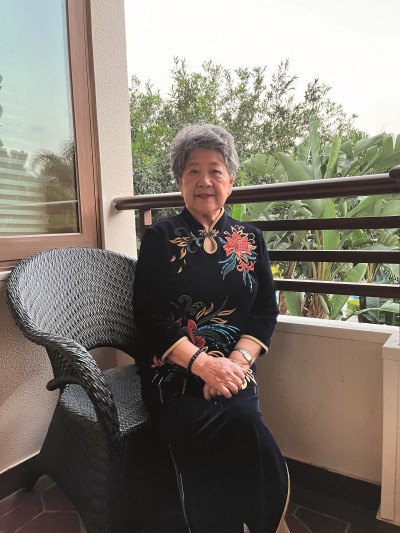
Inside Front Cover
The Seminar on Learning and Implementing Xi Jinping Thought on Culture Held in Beijing for China Federation of Literary and Art Circles
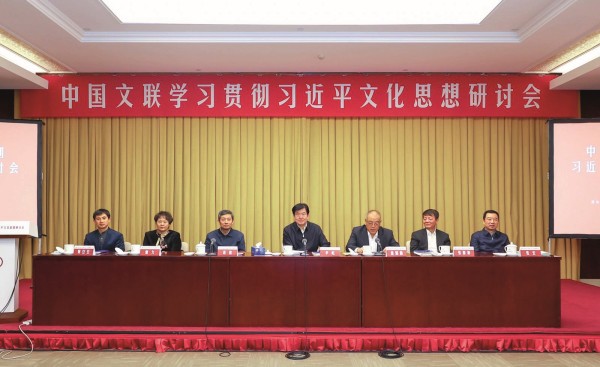
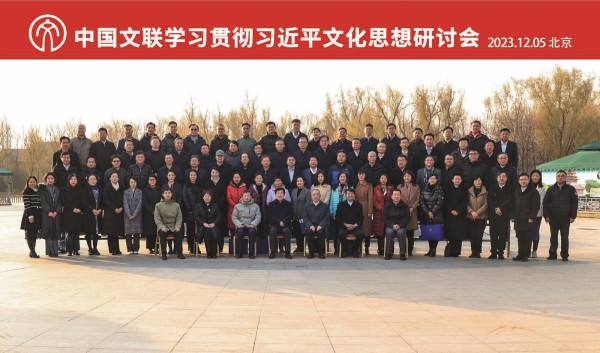
Inside Back Cover
Review of the Second Batch of bases of Chinese Literary and Art Criticism:The base of China Literary and Art Criticism (Shanghai Jiao Tong University)
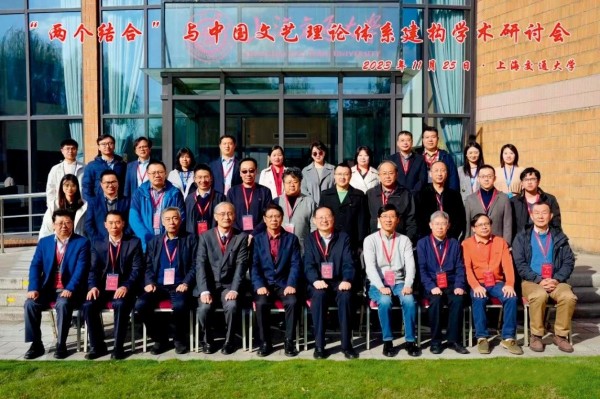
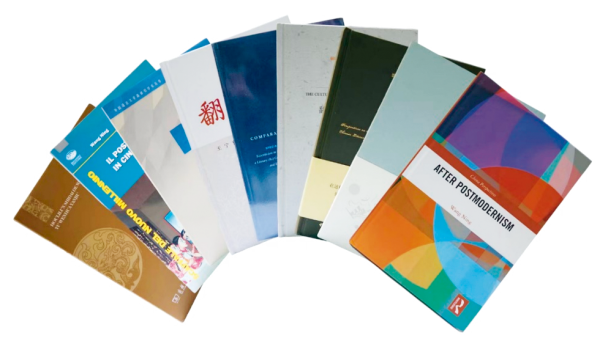
Back Cover
Poster for the 8th Woodpecker Cup of Annual Promotion of Excellence for China Literature and Art Criticism
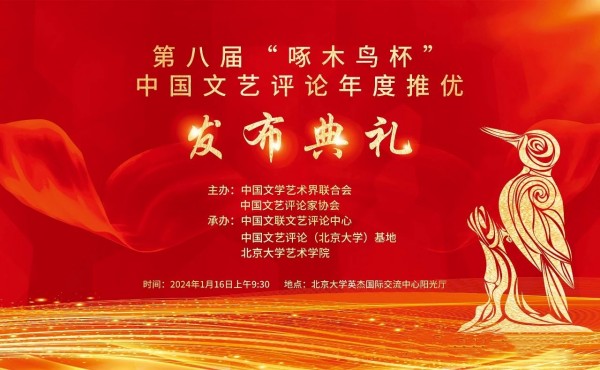
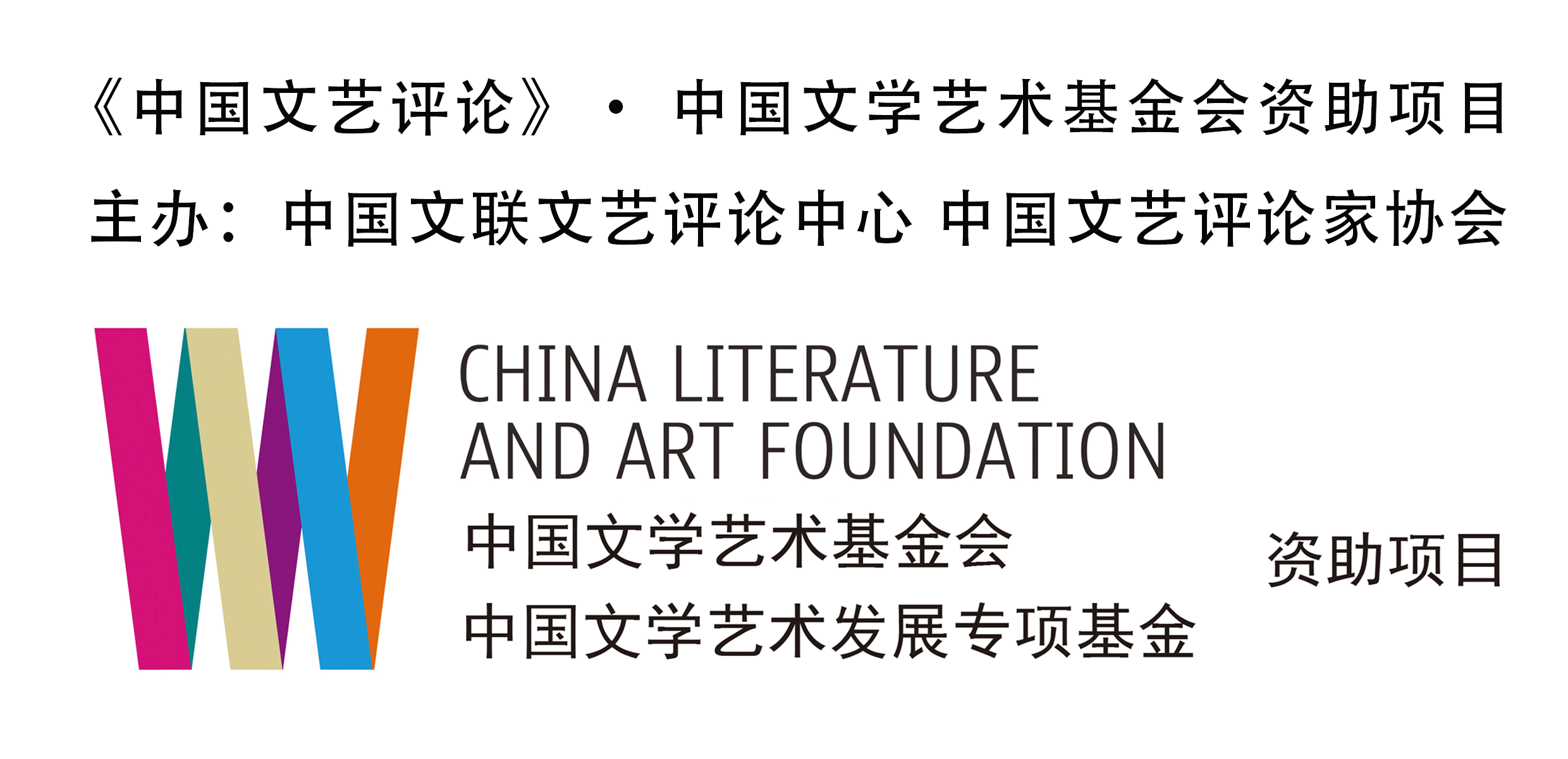

中国文艺评论网
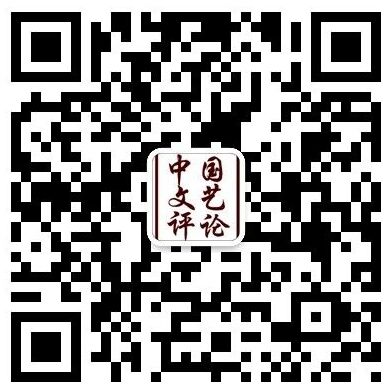
“中国文艺评论”微信公号

“中国文艺评论”视频号